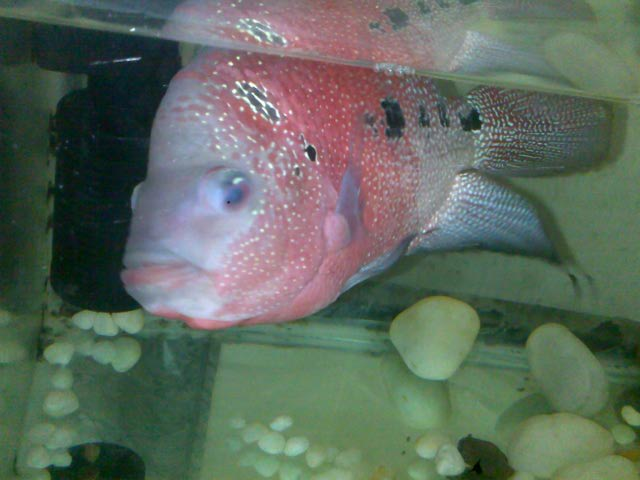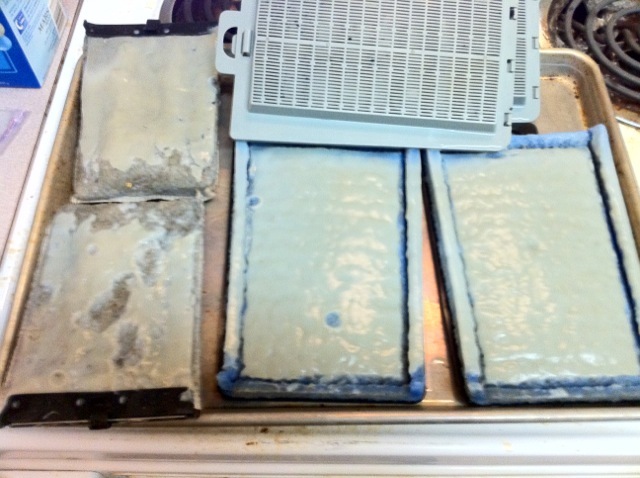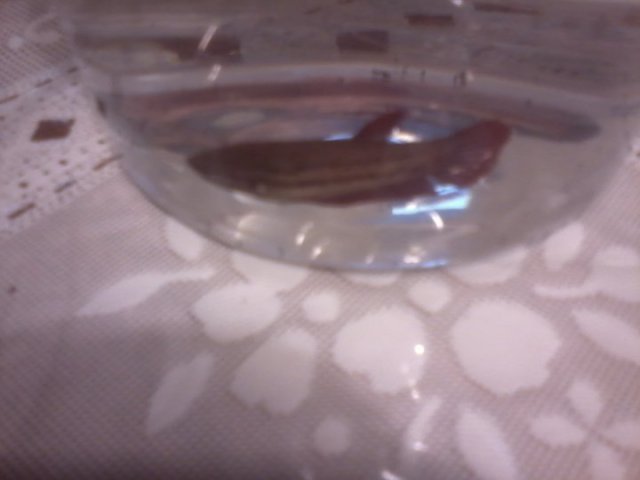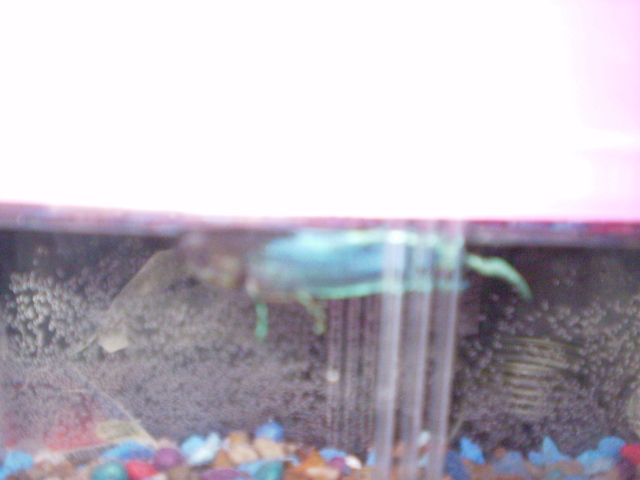QuestionI bought a gorgeous blue Betta for my son a little over a year ago at PetSmart (first mistake). I ended up falling in love with the little fish (named Indigo). I've cleaned his not quite a gallon sized bowl religiously (weekly) with bottled water until I recently paid for reverse osmosis, which is supposed to be very clean. I've fed him Top Fin Color enhancing Betta Bits which says to feed 3-4 pellets twice daily. I thought this was a bit much, so would scale back a bit. This is fish meal, shrimp meal and soybean meal. Anyway, he's only had water in his bowl - I recently read that they need plants, etc. to hide in -- 2nd mistake. He's always swam and ate well until I cleaned his bowl today. I used a betta water conditioner (for healthy slime coat). I did this around 9am today. At lunchtime he was swimming around as usual. It's 5pm and he's dead on his side at the bottom of the bowl. I am so bummed. Did I overdose him with the Betta water conditioner? Is that possible? He is absolutely gorgeous, no eating issues or scale problems. It just seems too sudden to have been natural for him to die unless I did something. Maybe fed him too much?? I am curious why he's not floating at the top too...and is now nose down in the bowl. I depserately want another one so am curious on what NOT to do next time. Any ideas? Thanks in advance!!!! My poor Indigo.
Answer
The following are the most common reasons for sudden death in a fish. Keep in mind, suddenly changing anything after a fish has become so used to a specific condition or environment can shock a fish's system to the point of a fatality, but here are some other ideas for you to ponder. I truly hope this helps.
o Occurs most frequently while cycling a new tank, but also happens during collection or while in transit.
o If the tank has been fully cycled for a period of time, New Tank Syndrome may be the cause.
o Symptoms include cloudy eyes, frayed fins, rapid gilling and lack of appetite.
* Nitrite Poisoning
o Almost always occurs while cycling a tank.
o The symptoms are similiar to ammonia poisoning.
* Cyanide Poisoning
o Almost exclusively occurs in fish captured in certain areas of the South Pacific.
o May take a week or two to show up after collection.
o Other than a lack of appetite, there are few symptoms to detect.
* Poisonous Sting
o May be inflicted from a poisonous fish(i.e. Lionfish) or from a poisonous anemone.
o Difficult to diagnose.
o Symptoms include erratic behavior and lack of appetite.
* Other Poisons
o Poisons from the Neutron Bomb Boxfish, Pufferfish or Lionfish which have been released in the tank.
o Anything from cigarette ashes to hair spray can be sources.
* Malnutrition
o Most often occurs when a new fish is introduced into a tank.
o Lack of appetite due to disease.
o First symptom is a sunken belly.
* Oxygen Deprivation
o Normally caused by lack of vertical water movement in a tank.
o Initial sign is fish staying at the surface of the tank water.
* Old Age
o Inevitable.
o Difficult to diagnose.
* Physical Injuries
o Pretty obvious.
o Usually caused by other tank occupants.
* Bacterial Infection
o Symptoms include cloudy eyes, red areas on the body, swollen belly (internal infection).
* Bends (Diver's Disease)
o Rare for the hobbyist to see.
o Normally occurs during collection.
* Other Diseases
o Ick, fungal infection.

 Flowerhorn Fish
Question
Last flowerhorn Fish Present Aquarium &n
Flowerhorn Fish
Question
Last flowerhorn Fish Present Aquarium &n
 Urgent - Fish are really sick
Question
Gray slime on filters
My mom passed away and I
Urgent - Fish are really sick
Question
Gray slime on filters
My mom passed away and I
 betta having a rough go
Question
betta fin
Hi, I got my daughter a betta about
betta having a rough go
Question
betta fin
Hi, I got my daughter a betta about
 I think My betta is dieing..
QuestionMy red fishy(:
QUESTION: Okay when we go
I think My betta is dieing..
QuestionMy red fishy(:
QUESTION: Okay when we go
 clamped fins,
QuestionQUESTION: I have a Betta that died recently. I
clamped fins,
QuestionQUESTION: I have a Betta that died recently. I